Design Manifestos: Pete Smith of BWBR
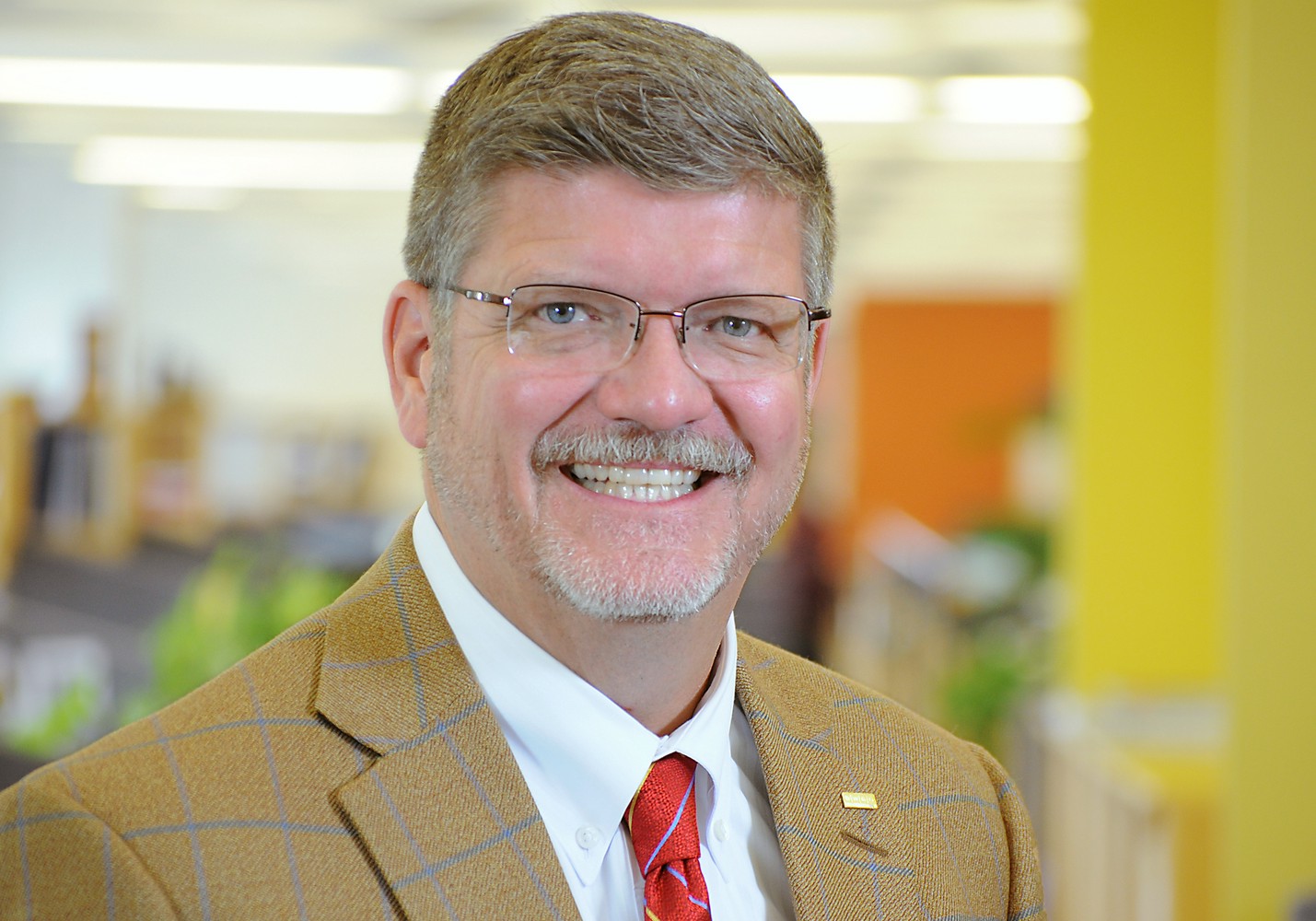
Pete Smith, AIA, President and CEO, is a licensed architect and 30-year veteran of the profession. He joined BWBR in Saint Paul, Minnesota in 1987 and was named head of the firm in 2012, representing the seventh generation of leadership for the 94-year-old business. Under his tenure, BWBR opened a second office in Madison, Wisconsin, and has grown its staff by more than 50 percent. With the growth of the firm, Pete has also overseen the implementation of a knowledge management program to leverage the power of design thinking beyond the boundaries of architecture to help clients with workplace strategies, evolving pedagogies in education, and health care service design. In 2015, AIA Minnesota honored BWBR with its biennial Firm Award, recognizing the firm’s contribution to the advancement of the profession in the areas of technology, service, and design. Modelo spent some time learning about Pete’s career as an architect and about what continues to motivate him today.

On becoming an architect
I grew up next door to Lloyd Bergquist, one of the ‘B’s of BWBR. I don’t know of any specific inspiration that came from that, but I remember being very much aware that he was an architect. His family’s home was so unique relative to the other houses in the neighborhood. It impressed me the impact an architect can have on the built environment. In high school drafting classes I began imagining spaces and it sparked my creative juices.
When I was wrestling with a major, architecture was at the top of the list. Also interested in medicine and education, it is interesting now that my practice includes designing healthcare facilities and doing a fair amount of teaching and mentoring. This path allowed me to have it all.
On discovering his voice as a designer
Admittedly, I was just an average design student and subsequently an average designer in practice. However, early in my career I found myself in a position where I had more work to handle than I could accomplish alone and needed help. Two things happened. First, the volume of work I could do increased and, second, the quality of the work I was leading improved as others were better at certain things than I. What I discovered was there were many ways to be an ‘architect,’ and I was pretty good at several of those. While being a ‘Big D’ designer wasn’t one of them, I found that I could lead a team, guide a client, challenge the design solutions, manage the process, inspire, and motivate others quite well.
Influences in my life are too many to list, but from my mother I learned organizational and leadership skills; my father, process and budget management and problem-solving skills; Lloyd Bergquist, a focus on the client and the firm and less on ‘me;’ and from the senior leaders at BWBR through my early career, how to lead others and eventually lead a firm.
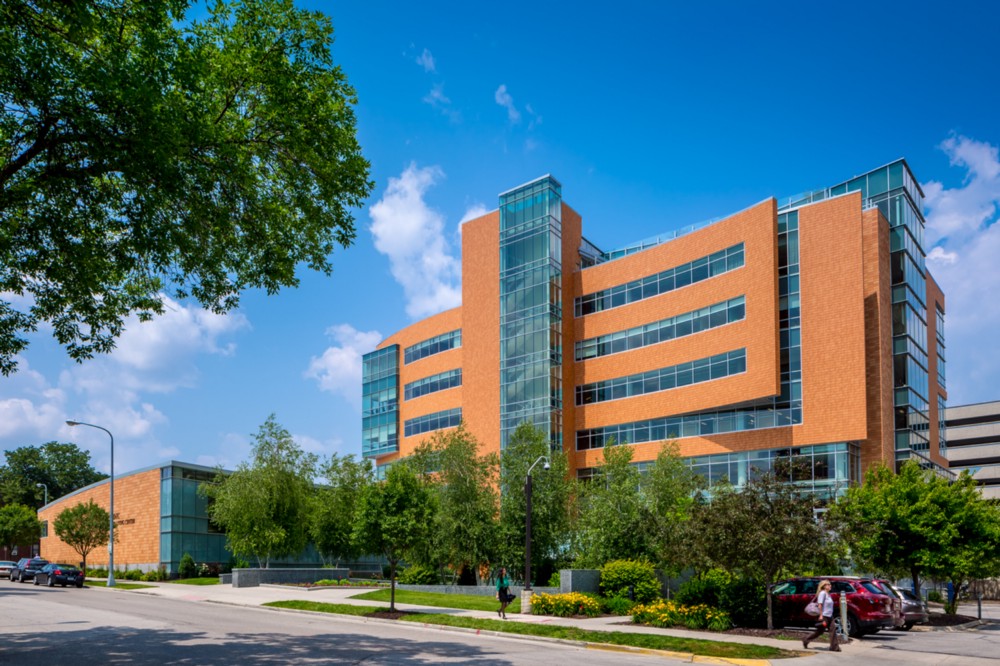
On joining BWBR
Although Lloyd was a mentor of mine, it never occurred to me to ask him for a job. I worked at a couple firms during college and stayed on after graduation with one of them. As their market dried up, I began looking and stumbled across an ad for help at BWBR. My approach to architecture early was simply providing space to house a human activity. Over the years, I have grown to learn the significant impact that architecture can have is on the people that live, work, are healed, worship, and are incarcerated within. Because people are impacted, our process at BWBR has evolved, as well, to engage them in the process. This goes beyond having meetings and asking for feedback. We engage them deeply in the process, from identification of the problem and need to exploration of the design solutions to the implementation of those solutions and, frankly, to the change management necessary when they move in to those solutions.
On a specific principle he strives to adhere to
Keep the focus on the client and not on our ego as designers.
On his role at BWBR
My primary focus is on the sustainability of our practice — helping my peers and our staff make good decisions on behalf of our clients while maintaining the health and viability of our practice into the future. We are in our 94th year as a practice and our seventh generation of leadership. Our firm mission and my personal mission align around the idea that design excellence, a focus on client service, and staff development leads to business success. As a practicing architect, I approach every project with the focus to enhance and elevate clients using design as a conduit. By satisfying the most demanding of clients as project leaders, we can effectively develop future design and project leaders by creating distinguished architectural solutions for churches, health care organizations, schools, and companies heavy into research and development and manufacturing. It’s a balanced approach to the practice of architecture, demonstrating that business success and design quality are congruous.
Beyond maintaining existing and building new relationships in my seller-doer role, I also spend a fair amount of time mentoring future leaders of the organization, whether that is in the area of design leadership, technical leadership, business development or running the practice. By developing new capacities that foster professional success, we develop the capacities of the firm to serve a world that challenges us to be more diverse, more innovative, and more creative. Our approach to capacity-building has helped diversify the firm’s leadership ranks with more women, different thought leaders such as medical planners and security specialists, and helped implement new initiatives such as design research and knowledge management.
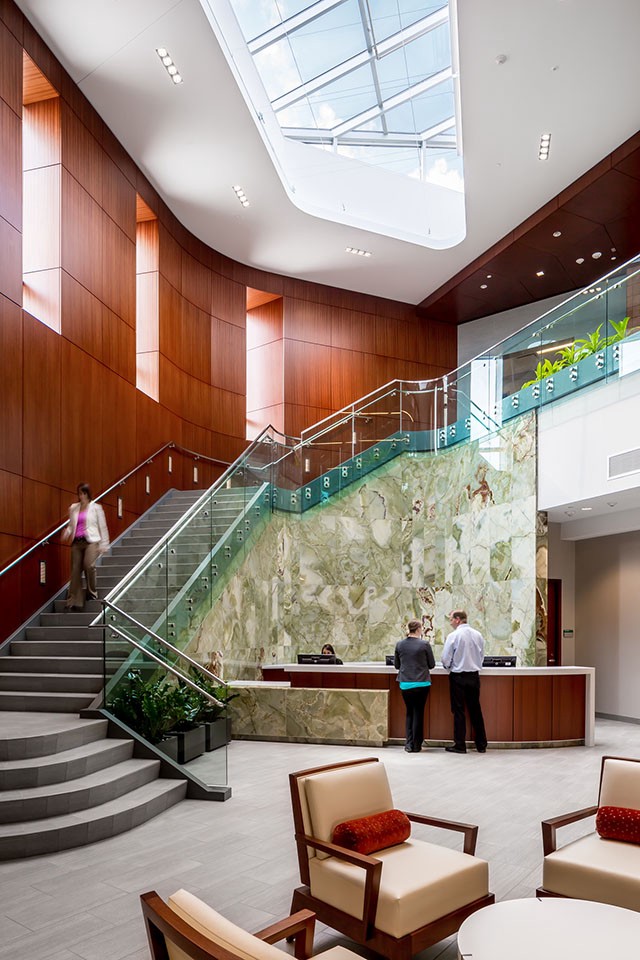
On recent project that represent the firm’s unique approach
While I appreciate that there are many similarities between firms, we believe we do things a bit different. We excel on the design of complex projects serving the needs of many stakeholders. Because of the varied, and sometimes competing, ideas people bring to these dynamic facilities, we facilitate visioning sessions at a level that is unmatched, creating an engaging environment where people feel comfortable contributing their voice without hitting speed bumps that could drag out the process. We believe that because our work has such a significant impact on the people who will use these buildings, they should be engaged in the process. This leads to what we believe are more ‘relevant’ solutions. The buildings we design are about our clients and not about us — an approach that has earned us the reputation as ‘strategic partners’ with many of our clients. Projects such as Mayo Clinic’s Dan Abraham Healthy Living Center Building, Gustavus Adolphus College’s Beck Hall, the State of Minnesota Senate Office Building, Karner Blue Education Center or a large research and development center for a Fortune 500 company are good examples that demonstrate this focus on the client.
On his design toolkit
We use a number of tools to help communicate ideas and explore options with our clients. Design thinking is both analytical and emotional. The ability to create 3D imagery has improved our ability to communicate with and help clients visualize space. Our process includes a number of modeling techniques as well as ‘old school’ hand sketches and diagrams to begin the dreaming process. As the design develops, the tools are more refined, allowing a level of realism that aides in communication.
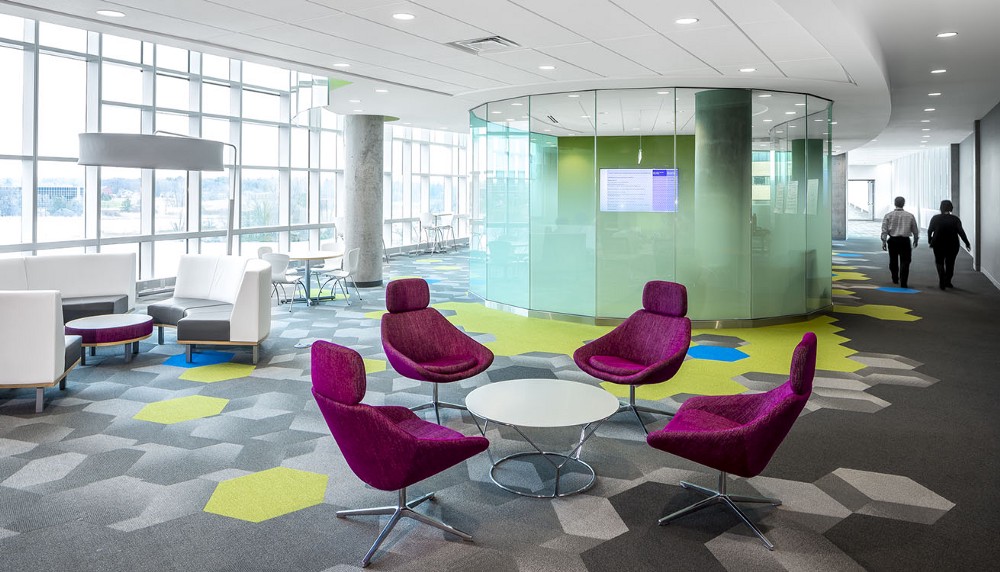
On the state of design software today
Having started when creating a perspective rendering required hours of time and an understanding of how to set the horizon and establish vanishing points, the ability to practically press a button and experience the space from countless viewpoints is almost magic. The tools available today have significantly improved the design process and the rate of change suggests we have just scratched the surface.
On the future of architecture in the next 5–10 years
With 3D modeling and BIM technology, both in design and fabrication, there is almost no limit. What can be imagined can be fabricated. There is little disruption needed on that end of the practice. I think on the service end and how we engage all the stakeholders in the process, the integration of teams and the breakdown of organizational silos is where the greatest need is and where more disruption will occur.
Again, I see more and more integration of the various stakeholders: owners, design, engineering, and construction. We won’t come together necessarily as one entity but rather in a process that integrates the necessary skills and expertise to reduce waste and risk and create more innovative and impactful design solutions.
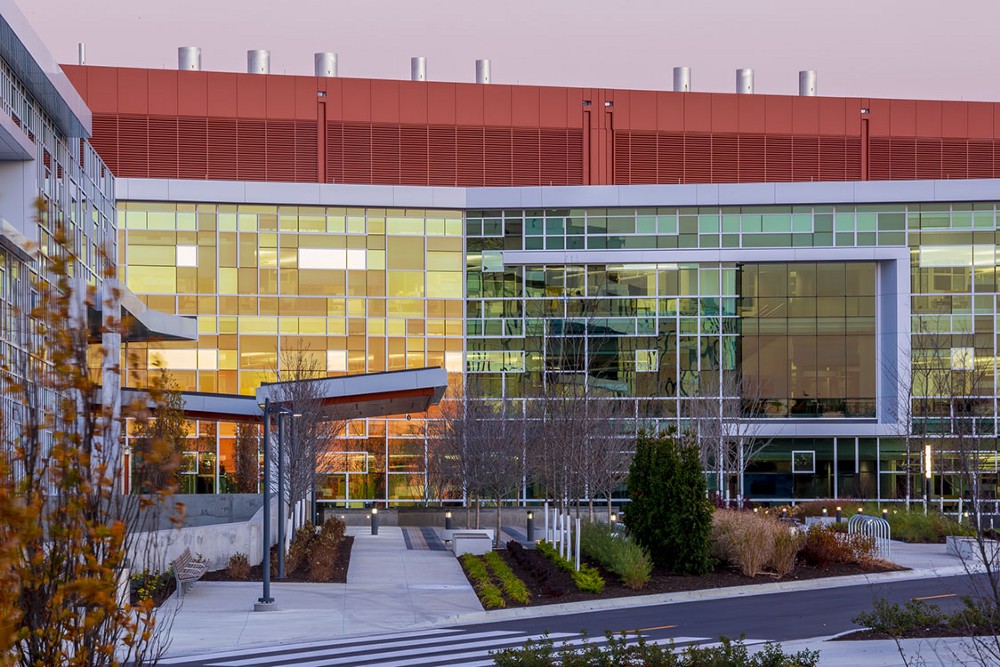
On the future of BWBR in the next 5–10 years
BWBR is a well-established and successful practice. This makes change sometimes difficult. Why change if things are working well? We recently completed a strategic planning process that challenges us to be “nimble and bold” and developed specific strategies to achieve that vision. We are well on our way. Both the current and future leadership of BWBR are committed to evolving our practice and building skills of resiliency that will allow us to respond to whatever the future throws our way. We are also creating a design culture informed by research. Through research, we offer a more critical approach to design and measuring the success of those designs after implementation. Through research, we have the opportunity to create a more engaged workforce, innovate in process and solutions, and inspire people to exceed expectations. A two-way street, research opens opportunities to seek new knowledge and contribute to the profession’s body of knowledge.
On advice he would give himself
I’m afraid that if I were more aware of what I know now, I wouldn’t have learned the lessons…some of those hard lessons made me who I am today. Perhaps if I could whisper in my ear while I was sleeping, I would say, “Being an architect is more than what you were taught. It is richer and more diverse than drilled into you in school. Open your mind to the possibilities!”
